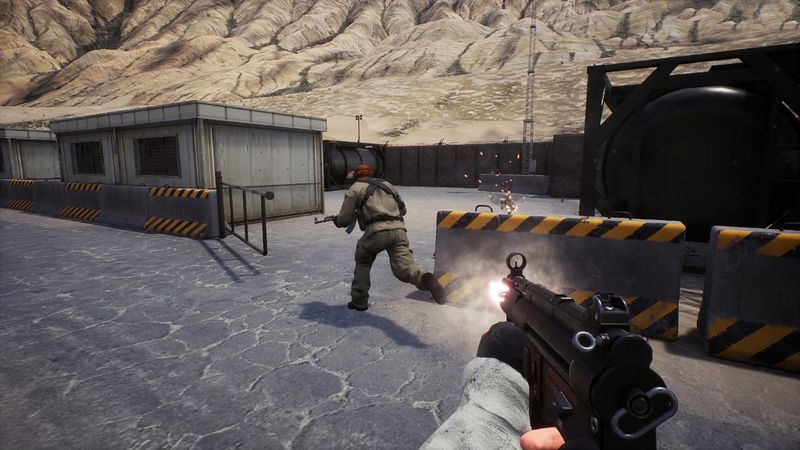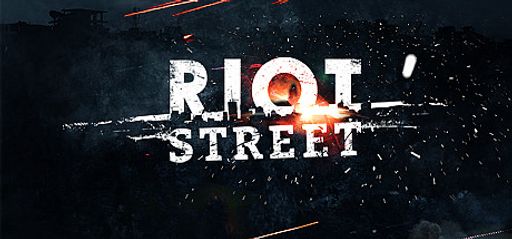When I first dropped into Riot Street’s cramped alleys and shattered storefronts, I felt an unexpected thrill. Here was a shooter that let me embrace the villain’s role, stalking through urban ruins on a personal quest for vengeance. Developed and published by Antispace Studios, Riot Street aims for tight, tactical firefights in close quarters. Its premise is sharp—two mercenary factions vying for control of lawless city blocks. You’re not here to save the day; you’re here to settle a personal score. That darker hook is Riot Street’s strongest narrative spark. If only more of its design and polish supported that ambition.
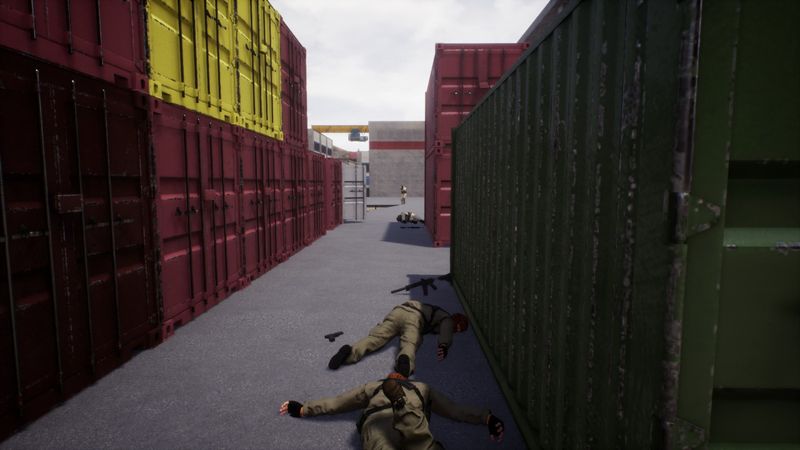
Overall Impressions
What stood out most was Riot Street’s raw concept: small maps built for intense breaching, cramped hallways made for corner-checking, and a clear focus on high-stakes skirmishes. In theory, it belongs beside close-quarters shooters like Insurgency and World War 3. In practice, though, it feels unfinished. Animations are stiff, movement lacks flow, and with no bots or single-player mode, servers often sit empty. Compared to rivals like Rainbow Six Siege or CSGO, Riot Street simply doesn’t have the player base or polish yet. Still, there’s a solid foundation here if Antispace Studios expands and refines it.
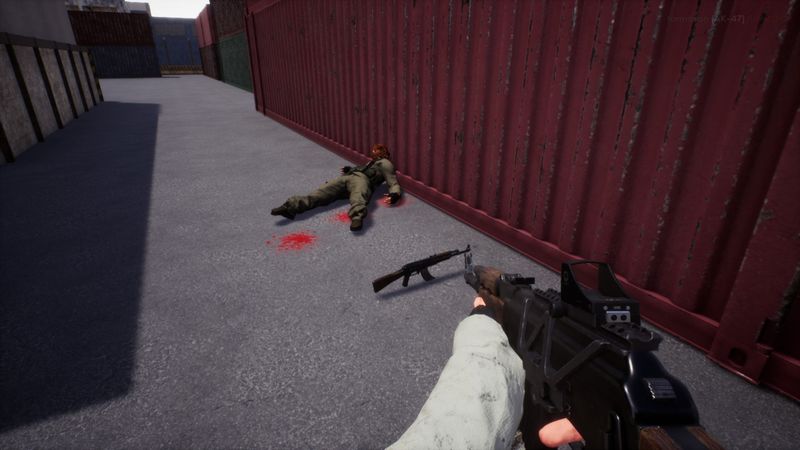
Gameplay Mechanics
Gunplay has moments of promise. Recoil feels weighty, demanding you fire in bursts or risk spraying past your target. Breach mechanics let you blast doors or crash through weak walls. A well-placed flashbang can turn a hallway into a kill zone. Yet these systems often feel half-baked. Walking animations stutter. Hit registration lags. The game carries a pre-alpha vibe, like World War 3 in its earliest days. With no bots, tutorial, or large community, even the best firefights are rare. But when a server is alive, sneaking through alleys and pushing on your enemies can be thrilling.
Story and Characters
Riot Street doesn’t feature cutscenes or voiced dialogue. Instead, its story exists in match descriptions and graffiti-tagged walls. You create your own vendetta—an ex-cop gone rogue or a betrayed street soldier. Playing the villain with sympathetic motives gives matches extra weight. That emotional spark is Riot Street’s best narrative asset. Still, it’s buried under thin text and vague mission titles. Players looking for rich lore or strong characters won’t find them here. The story works only if you bring your own imagination to fill the gaps.
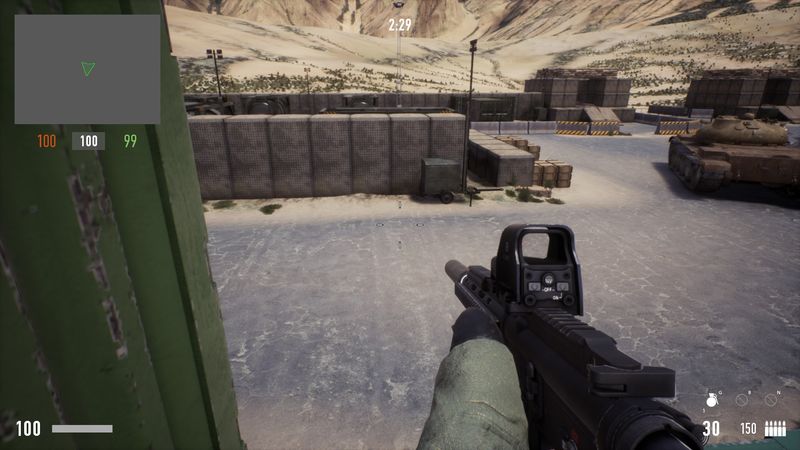
Visuals and Graphics
Graphically, Riot Street feels like an indie game on a budget. Textures are serviceable but repeat often, and character models lack polish. Still, the setting nails its urban grit. Neon signs flicker, debris scatters, and bullet holes linger. Lighting in hallways can get muddy, and effects like smoke or sparks fade too quickly. At its best, a flashbang fills the air with dust, leaving you disoriented. At its worst, it’s just a flat white glow. Overall, visuals fit the indie scope—rough edges, but hints of promise if the game gets more resources.
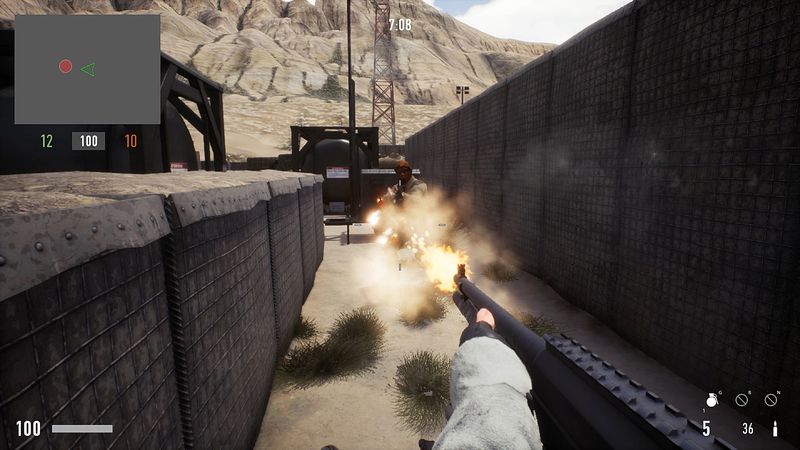
Sound and Music
Sound design is one of Riot Street’s stronger points. Footsteps echo in hallways, gunfire hits with weight, and directional audio helps you track enemies. The soundtrack leans on tense electronic pulses instead of a full score. This keeps focus on combat, though it sometimes feels too empty. Voice effects—radio chatter, confirmations—are clear but generic. During firefights, though, the audio works well: informative, tense, and sometimes thrilling.
Difficulty and Replayability
Riot Street leans hard into punishing play. No auto-revive, high risks for mistakes, and small maps encourage caution and teamwork. I replayed missions trying new tactics and gear, which created satisfying trial-and-error loops. Pulling off a perfect flank feels great. But without bots or a larger community, servers often stay empty. Many players echo the same frustration: “No single player, no bots… relying on people online is never gonna work.” Until Antispace Studios adds bots or builds a bigger base, replayability will remain its biggest problem.
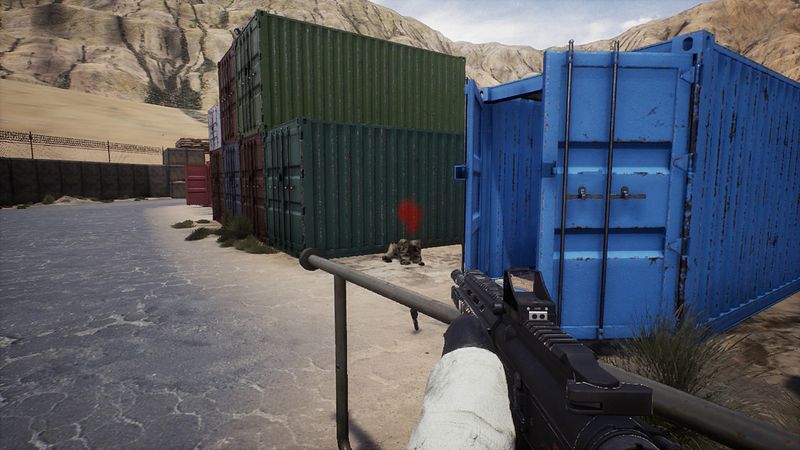
Trivia & Behind the Scenes
Antispace Studios began Riot Street as a passion project in 2016, focused on urban shoot-and-push mechanics. Early trailers teased destructible cover and varied missions, many still on the roadmap. Despite a 2019 release, the studio’s small size and lack of marketing have hurt growth. Community managers continue to hint at new maps, improved animations, and a bot mode, but timelines remain uncertain.
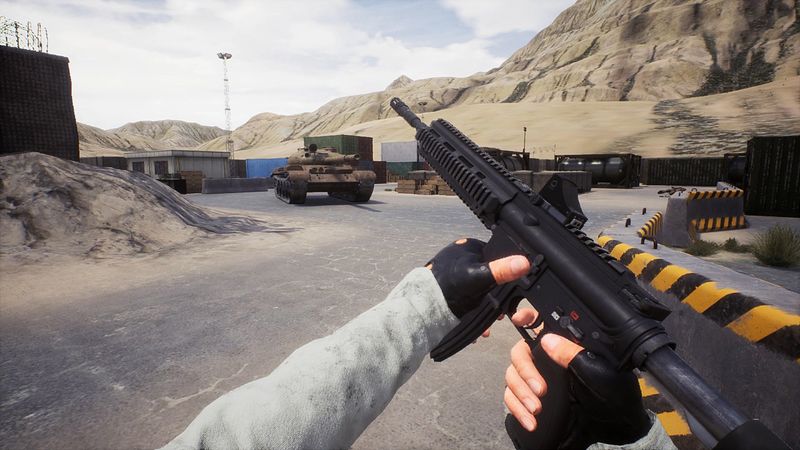
Final Thoughts
Riot Street’s concept—playing the villain in gritty urban warfare—is bold and exciting in bursts. Its gunplay shines when servers are active, and sound design delivers. But stiff animations, thin mechanics, and empty lobbies keep it from reaching genre leaders. For tacticians craving close-quarters maps, Riot Street offers ideas worth watching. For others, it feels half-finished, waiting for polish and players.
Rating: 3 out of 5 stars
Riot Street has promise—but to fully satisfy your quest for vengeance, it needs a larger player base, stronger polish, and deeper support from its developers.
